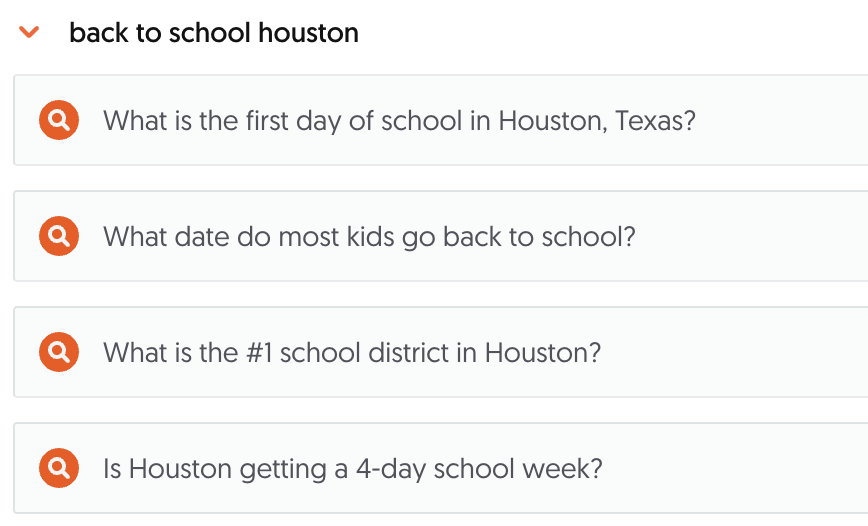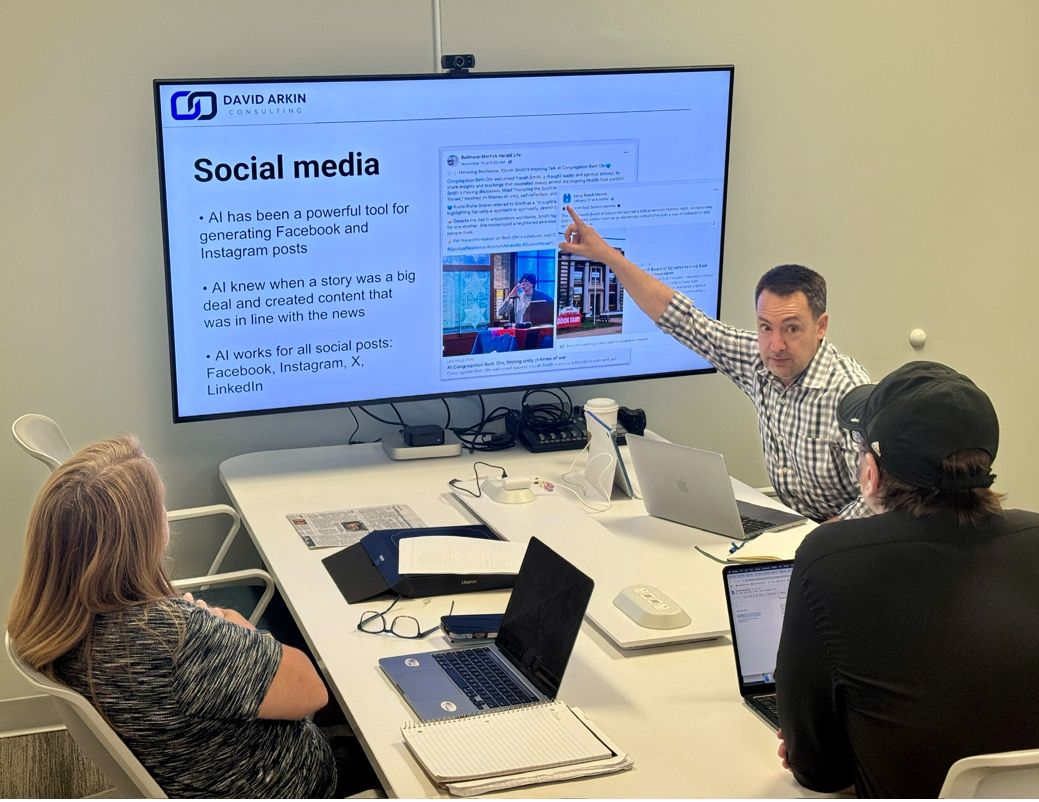
Reviewing your analytics is important for lots of reasons:
• You should know what your readers and advertisers like and don’t.
• You should understand where your audience is coming from and how that’s changing.
• You should discover if you need more information than what your analytics show you.
• You should tell stories to advertisers about what the data means to them.
There can be a lot to unpack in reviewing analytics and today I want to focus solely on the actions you can take from the good and the bad that you might see.
1. Stop doing stuff that no one reads
For years, there’s been data that has shown for many media companies, 20 percent of their content equals 80 percent of their traffic. That’s totally insane when you consider the effort and costs that go into things that no one consumes digitally.
FREE GUIDE
Download our 25-page branded content handbookThis detailed guide provides you everything you need to know about growing your branded content business with best practices in pricing, packaging and content creation.
"*" indicates required fields
Yes, there is a need for those healthy vegetable stories and I am not suggesting the majority of your content should be low-calorie page views, but there’s a lot at the bottom of that list of what people aren’t consuming that’s really worth looking at and deciding if it makes sense to be doing all of that content.
Doing more of what people really want is where the gold is. Here are a few ways I’d suggest you can get under creating that kind of content:
• Get reporters access to how their stories are performing. When you see a story take off, encourage them to do a second-day angle. AI is a great tool to use to establish what those ideas could be.
• Bring search trends (and questions readers are asking) to your planning meetings. These may be things people in your community are asking, but it may not be not showing up in your data because you’re not writing about it.
One of my favorite tools to discover those questions is Answer The Public. They have a People Also Ask from Google feature that really nicely lays this out:

2. When your analytics create more questions
Sometimes your data is going to raise questions you may not have the answers to.
Maybe your SEO users are dropping or you have seen more referral traffic from a social media channel and you’re wondering why. While Google Analytics 4 is not the easiest tool to use, the information is often there (we can help you navigate it).
But sometimes the data actually is not there. Take for example, GA4’s demographic data. It’s often pretty high level and not necessarily so actionable. I ran into this the other day with a client. We realized that we needed more information on the different age segments that not only readers were in but the ages they wanted content for.
To get this information, we needed to adjust the information they were seeking through their newsletter sign up form, as well as their social media newsletter promotions.
But it was also clear a reader survey would be an effective way of gaining this information for their current subscribers.
It’s a good example that analytics sometimes can prompt you to ask the right questions and get more information. In those cases, use your technical resources to seek that information so you can tie it to the analytics that you’re already using.
3. Use analytics to tell your sales story
A few weeks ago, a client asked me to put together an audience report for the last quarter that they would present at a company meeting.
The report included many of the basics you probably show in consistent reports (users, views, acquisition, most popular stories).
But one data point jumped off the page: Branded content stories created that quarter made up three of their top five stories that quarter.
It was a huge headline and something that would definitely be good to share with their staff, but also clearly with those advertisers. They also could use it to create case studies on these clients.
I recognize that is a very unique situation. But here’s one that is a bit more normalized. A client recently launched a new digital product that will be sold ongoing this year.
We discovered while reviewing their analytics in June that a handful of the stories featured in this product were in the Top 25 most viewed stories that month. It was a great takeaway and an email sequence was created to help advertisers understand this opportunity.
Let us help you!
We are experts in helping media companies utilize data and analytics to grow audience but also boost revenue. Email me today at David@davidarkinconsulting.com so I can show you how we can help.
More content you may like from us
Blog: Why you should be prioritizing social media search
Video: Why keywords still matter in SEO
LinkedIn: My daughter’s journalism passion shows a bright future for our industry
We'd love to help your organization! Fill out the form below to get started.
Recent Posts

Readers will love these November ideas

Inside our fractional approach: how we partner with your team

Here’s how David Arkin Consulting’s fractional program works

Answers to your pressing AI questions

Here are practical ideas for your 2026 special sections, themes and guides
Case Studies

How analytics can make your content better and your sales case studies really effective

How this unique coaching program taught a reporter the digital skills she needs for the future

How branded content sales exploded for this newspaper in New York

How a TV station in South Dakota significantly grew its traffic through Stacker’s news wire

